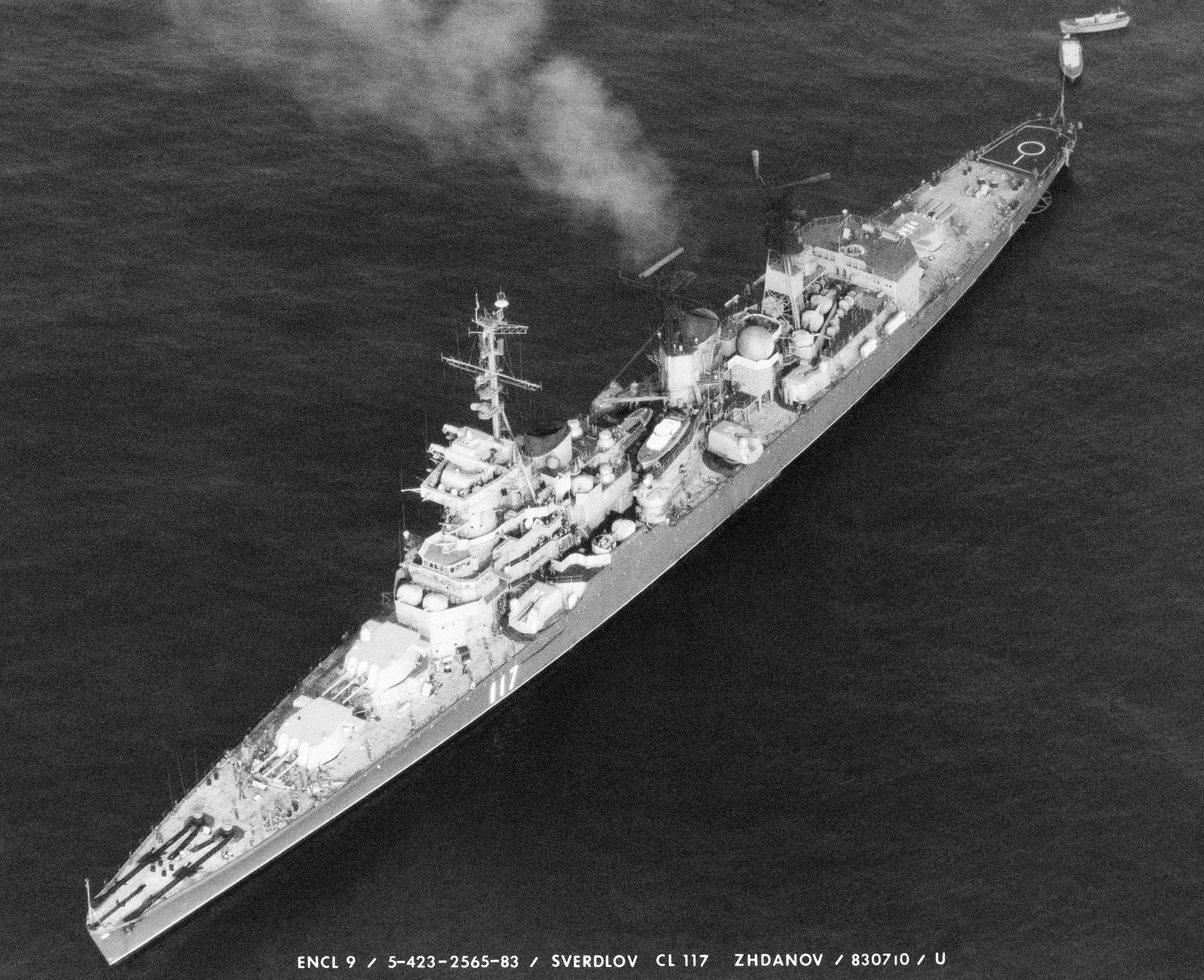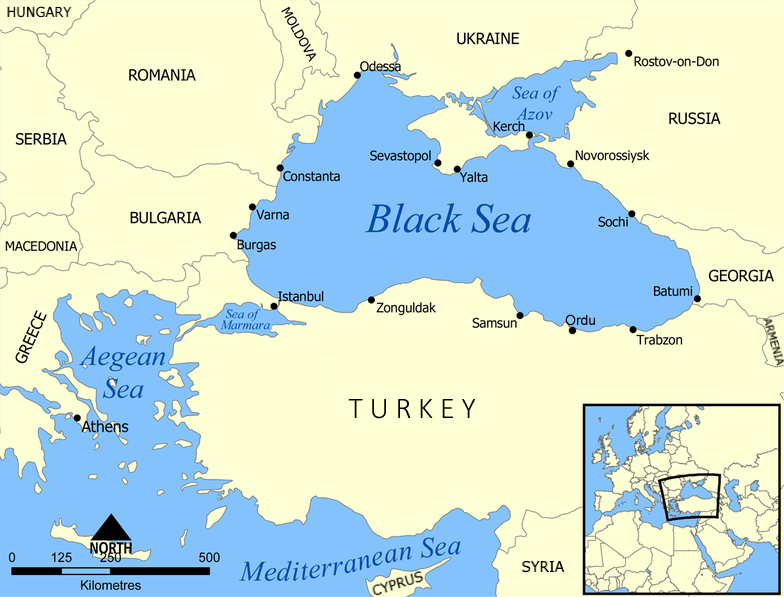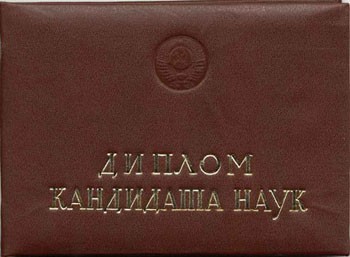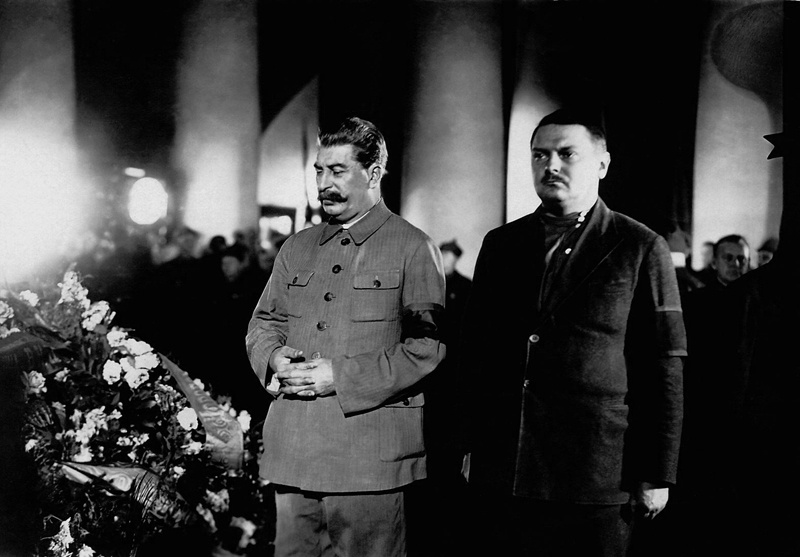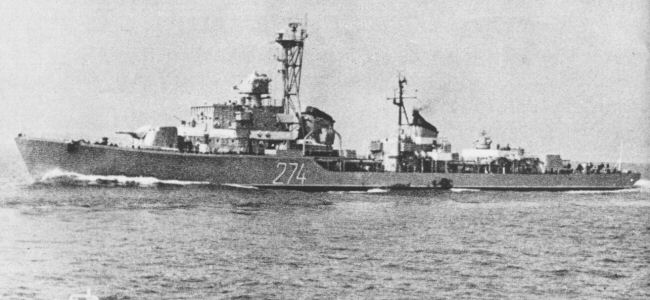|
Adam Rimashevsky
Adam Adamovich Rimashevsky (; born 25 May 1952) is a retired officer of the Russian Navy. He holds the rank of admiral, and served as commander of the Ushakov Baltic Higher Naval School from 1998 to 2003, the Higher Special Officer Classes of the Navy from 2003 to 2008, and the Kuznetsov Naval Academy from 2008 to 2012. Biography Rimashevsky was born on 25 May 1952 in the village of Gozbishchi, Uzda district, Minsk Oblast, in what was then the Byelorussian Soviet Socialist Republic, in the Soviet Union. He entered the Soviet Navy, studying at the Nakhimov Black Sea Higher Naval School in Sevastopol from 1969 to 1974. He graduated from the anti-submarine faculty with a specialty as a military engineer-electromechanic, and was assigned to the Black Sea Fleet to serve aboard the Kashin-class destroyer, ''Kashin''-class destroyer Soviet destroyer Komsomolets Ukrainy, ''Komsomolets Ukrainy''. Initially commander of the mine-torpedo warhead group, he rose through the ranks and positio ... [...More Info...] [...Related Items...] OR: [Wikipedia] [Google] [Baidu] |
Black Sea Fleet
The Black Sea Fleet () is the Naval fleet, fleet of the Russian Navy in the Black Sea, the Sea of Azov and the Mediterranean Sea. The Black Sea Fleet, along with other Russian ground and air forces on the Crimea, Crimean Peninsula, are subordinate to the Southern Military District of the Russian Armed Forces. The fleet traces its history to its founding by Grigory Potemkin, Prince Potemkin on 13 May 1783 as part of the Imperial Russian Navy. The Russian Soviet Federative Socialist Republic, Russian SFSR inherited the fleet in 1918; with the founding of the Soviet Union in 1922, it became part of the Soviet Navy. Following the Dissolution of the Soviet Union, collapse of the Soviet Union in 1991, the Black Sea Fleet was partitioned between the Russia, Russian Federation and Ukraine in 1997, with Russia receiving title to 82% of the vessels. The Black Sea Fleet has its official primary headquarters and facilities at the Sevastopol Naval Base, Crimea, which Annexation of Crimea by ... [...More Info...] [...Related Items...] OR: [Wikipedia] [Google] [Baidu] |
Naval Academy Building SPB 1
A navy, naval force, military maritime fleet, war navy, or maritime force is the branch of a nation's armed forces principally designated for naval and amphibious warfare; namely, lake-borne, riverine, littoral, or ocean-borne combat operations and related functions. It includes anything conducted by surface ships, amphibious ships, submarines, and seaborne aviation, as well as ancillary support, communications, training, and other fields. The strategic offensive role of a navy is projection of force into areas beyond a country's shores (for example, to protect sea-lanes, deter or confront piracy, ferry troops, or attack other navies, ports, or shore installations). The strategic defensive purpose of a navy is to frustrate seaborne projection-of-force by enemies. The strategic task of a navy also may incorporate nuclear deterrence by use of submarine-launched ballistic missiles. Naval operations can be broadly divided between riverine and littoral applications (brown-water navy ... [...More Info...] [...Related Items...] OR: [Wikipedia] [Google] [Baidu] |
Candidate Of Sciences
A Candidate of Sciences is a Doctor of Philosophy, PhD-equivalent academic research degree in all the post-Soviet countries with the exception of Ukraine, and until the 1990s it was also awarded in Central and Eastern European countries. It is officially classified by UNESCO as International Standard Classification of Education, ISCED level 8, "doctoral or equivalent". In those countries conferring the Candidate of Sciences degrees, a more advanced degree, Doctor of Sciences, is usually conferred as a higher doctorate. The Candidate of Sciences degree may be recognized as a Doctor of Philosophy#USSR, Russian Federation and former Soviet Republics, Doctor of Philosophy, usually in natural sciences, by scientific institutions in other countries. Overview The degree was introduced in the USSR on 13 January 1934 by a decision of the Government of the Soviet Union, Council of People's Commissars of the USSR, all previous degrees, ranks and titles having been abolished imme ... [...More Info...] [...Related Items...] OR: [Wikipedia] [Google] [Baidu] |
Dissolution Of The Soviet Union
The Soviet Union was formally dissolved as a sovereign state and subject of international law on 26 December 1991 by Declaration No. 142-N of the Soviet of the Republics of the Supreme Soviet of the Soviet Union. Declaration No. 142-Н of the Soviet of the Republics of the Supreme Soviet of the Soviet Union, formally establishing the dissolution of the Soviet Union as a state and subject of international law. It also brought an end to the Soviet Union's federal government and General Secretary (also President) Mikhail Gorbachev's effort to reform the Soviet political and economic system in an attempt to stop a period of political stalemate and economic backslide. The Soviet Union had experienced internal stagnation and ethnic separatism. Although highly centralized until its final years, the country was made up of 15 top-level republics that served as the homelands for different ethnicities. By late 1991, amid a catastrophic political crisis, with several republics al ... [...More Info...] [...Related Items...] OR: [Wikipedia] [Google] [Baidu] |
Baltiysk
Baltiysk ( ); ; Old Prussian: ''Pillawa''; ; ; is a seaport town and the administrative center of Baltiysky District in Kaliningrad Oblast, Russia, located on the northern part of the Vistula Spit, on the shore of the Strait of Baltiysk separating the Vistula Lagoon from Gdańsk Bay. It had a population of Baltiysk, the westernmost town in Russia, is a major base of the Russian Navy's Baltic Fleet and is connected to St. Petersburg by ferry. History Old Prussian village Baltiysk was originally the site of an Old Prussian fishing village that was established on the coast of the Vistula Spit at some point in the 13th century. The village was named as "Pile" or "Pil" in several documents, possibly taking its name from ''pils'' the Old Prussian language word for fort. It was eventually conquered by the Teutonic Knights, with the name evolving into the German form of Pillau. In 1497, a storm surge dug a new gat in front of the village, and another large storm create ... [...More Info...] [...Related Items...] OR: [Wikipedia] [Google] [Baidu] |
Baltic Fleet
The Baltic Fleet () is the Naval fleet, fleet of the Russian Navy in the Baltic Sea. Established 18 May 1703, under Tsar Peter the Great as part of the Imperial Russian Navy, the Baltic Fleet is the oldest Russian fleet. In 1918, the fleet was inherited by the Russian Soviet Federative Socialist Republic, Russian SFSR which then founded the Soviet Union in 1922, where it was eventually known as the Twice Red Banner(ed) Baltic Fleet as part of the Soviet Navy, as during this period it gained the two awards of the Order of the Red Banner. Following the collapse of the Soviet Union in 1991, the Baltic Fleet was inherited by the Russian Federation and reverted to its original name as part of the Russian Navy. The Baltic Fleet is headquartered in Kaliningrad and its main base is in Baltiysk (Pillau), both in Kaliningrad Oblast, while another base is in Kronstadt, Saint Petersburg, in the Gulf of Finland. Imperial Russia The Imperial Russian Baltic Fleet was created during the Gre ... [...More Info...] [...Related Items...] OR: [Wikipedia] [Google] [Baidu] |
Military Academy Of The General Staff Of The Armed Forces Of Russia
The Military Academy of the General Staff of the Armed Forces of the Russian Federation () is the senior staff college of the Russian Armed Forces. The academy is located in Moscow, on 14 Kholzunova Lane. It was founded in 1936 as a Soviet institution, based on higher command courses that had been established at the M. V. Frunze Military Academy, itself founded in 1918. An General Staff Academy (Imperial Russia), earlier General Staff Academy had existed during the Imperial Russia, Imperial period, since 1832. Students were, and probably still are, admitted to the Academy in the Military rank, ranks of lieutenant colonel, colonel, and General-Major (one star). Most were colonels or newly promoted generals. Officers enter in their late 30s, as a general rule. Officers selected for this academy would have first attended the appropriate service or branch academy (see Military academies in Russia). Graduates who were not already generals or admirals usually were promoted to this ran ... [...More Info...] [...Related Items...] OR: [Wikipedia] [Google] [Baidu] |
Zhdanov
Andrei Aleksandrovich Zhdanov ( rus, Андрей Александрович Жданов, p=ɐnˈdrʲej ɐlʲɪkˈsandrəvʲɪdʑ ˈʐdanəf, a=Ru-Андрей Жданов.ogg, links=yes; – 31 August 1948) was a Soviet politician. He was the Soviet Union's "propagandist-in-chief" after the Second World War,V. M. Zubok and Konstantin Pleshakov. Inside the Kremlin's Cold War: from Stalin to Khrushchev. Harvard: Harvard UP, 1996, p.119 and was responsible for developing the Soviet cultural policy, the Zhdanov Doctrine, which remained in effect until the death of Joseph Stalin. Zhdanov was considered Stalin's most likely successor but died before him. Zhdanov joined the Bolsheviks in 1915 and quickly rose through the party ranks. A close associate of Stalin, he became a secretary of the Central Committee in 1934, and later that year he was promoted to Leningrad party chief following the assassination of Sergei Kirov. He would go on to play a major role during the Great Purge. ... [...More Info...] [...Related Items...] OR: [Wikipedia] [Google] [Baidu] |
Sverdlov-class Cruiser
The ''Sverdlov''-class cruisers, Soviet designation Project 68bis, were the last conventional gun cruisers built for the Soviet Navy. They were built in the 1950s and were based on Soviet, German, and Italian designs and concepts developed before the Second World War. They were modified to improve their sea capabilities, allowing them to operate at high speeds in the rough waters of the North Atlantic. The design carried an extensive suite of modern radar equipment and anti-aircraft artillery, which made an approach by existing aircraft within extremely dangerous. The ''Sverdlov'' design was part of a post-WWII fleet concept that also included the s and aircraft carriers that would transform the Soviet Navy into one able to field a first-class fleet for deep water operations. The entire concept was considered obsolete by anyone outside the Soviet Navy, but it retained the support of Joseph Stalin and construction program continued to move forward. The ''Sverdlov'' was launched i ... [...More Info...] [...Related Items...] OR: [Wikipedia] [Google] [Baidu] |
Skory-class Destroyer
The ''Skory'' class were the first destroyers built for the Soviet Navy after World War II. Seventy (70) ships were built between 1949 and 1953. The Soviet designation was Project 30bis. Design The ships were derived from the Project 30 , but were slightly larger with better sea-keeping and significantly increased endurance. These ships were longitudinally framed and completely welded. The ships were built in 101 modular pre-fabricated sections which led to rapid building times. The machinery and main armament was essentially identical to those of the ''Ognevoy''-class destroyers but the boilers employed forced draught for increased power. Modernisation The ships were modernised in the 1950s with new anti-aircraft guns and anti-submarine mortars and updated sensors (new radar and sonar). One bank of torpedo tubes were removed and extra accommodation (deckhouses) added. Ships 70 ships were built for both the Soviet navy and for export, this is the largest production run for an ... [...More Info...] [...Related Items...] OR: [Wikipedia] [Google] [Baidu] |
